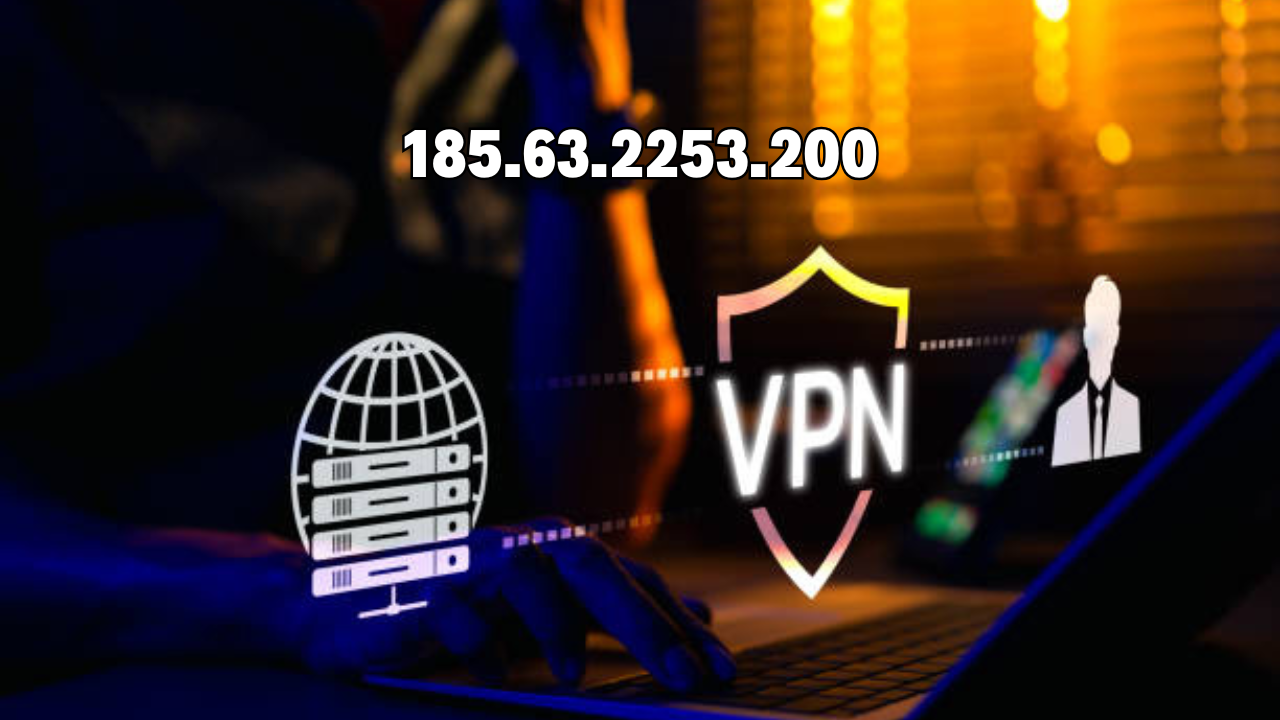The digital world relies heavily on numbers that often go unnoticed by the everyday user, yet these numbers are the very backbone of the internet. One such string that sparks curiosity is 185.63.2253.200, which at first glance appears to be a valid IP address. However, when examined carefully, this sequence reveals itself to be invalid and misleading.
Many people encounter 185.63.2253.200 in online discussions, search results, or even as a part of test data in technical articles. The fascination around this sequence comes from the fact that it looks like an IPv4 address but fails to meet the basic formatting rules. This guide explores its meaning, errors, and lessons for both technical experts and everyday internet users.
Understanding IP Addresses
To understand why 185.63.2253.200 is invalid, one must first know how IP addresses function. Internet Protocol (IP) addresses are unique identifiers assigned to devices connected to a network. The most commonly used type is IPv4, which consists of four numerical blocks, known as octets, separated by periods. Each octet must contain a value between 0 and 255.
This structure ensures that IP addresses remain within a logical and usable range. For instance, valid addresses like 185.63.200.10 or 192.168.1.1 conform to the rules and can be used to route traffic online. The string 185.63.2253.200, however, introduces an invalid value within one of its octets, making it impossible to use in real networking scenarios.
Why 185.63.2253.200 Is Invalid
The key reason 185.63.2253.200 fails as an IP address lies in its third octet. The number “2253” exceeds the valid IPv4 range of 0–255. As a result, any attempt to process or assign this address to a device would result in an error or rejection by the system.
Mistakes like these often occur from typographical errors or misunderstandings of IP address structure. Some users may accidentally add extra digits, while others may misinterpret binary or decimal conversions. In either case, 185.63.2253.200 highlights the importance of precision when working with network configurations, as even a small error can render an address unusable.
Possible Origins of 185.63.2253.200

There are several reasons why a malformed string like 185.63.2253.200 appears in search engines and online discussions. In some cases, it may be a simple typo that spread widely across multiple articles or platforms. Once a mistaken entry is published, it can be indexed and repeated, creating confusion among readers.
Another possibility is that developers or network testers use unrealistic IP-like numbers such as 185.63.2253.200 as placeholders in code, documentation, or educational examples. Since it resembles a valid IP but is not functional, it can be used safely without risking accidental exposure of a real server or personal network. Over time, such placeholders gain visibility and curiosity online.
Security and Misconceptions About 185.63.2253.200
A common concern when encountering strange numbers like 185.63.2253.200 is whether they pose security risks. Some users may suspect that it is connected to malware, hacking attempts, or hidden servers. In reality, since the number is not a valid IP address, it cannot directly point to any network or device.
However, misconceptions around such strings may still be exploited by malicious actors. Fake logs or misleading links can include invalid addresses to confuse users. This is why it is important to verify addresses before trusting any source. Understanding that 185.63.2253.200 is inherently invalid helps users stay cautious without falling into unnecessary panic or misinformation.
Lessons from 185.63.2253.200 for Internet Users
The presence of 185.63.2253.200 serves as a reminder of the importance of careful validation in digital spaces. Network administrators, developers, and even casual users should learn how to distinguish valid IP addresses from invalid ones. Simple tools such as IP validators or Whois lookup services can quickly determine whether a given address is real.
For system administrators, accuracy is critical because using an invalid address like 185.63.2253.200 can lead to failed configurations, wasted time, or potential vulnerabilities. For students and technology enthusiasts, this example emphasizes why understanding core networking rules is essential. Even though this address is invalid, it sparks valuable discussions about precision and awareness in the digital landscape.
Conclusion
In conclusion, 185.63.2253.200 is not a real or usable IP address but rather an example of an invalid format. Its third octet, “2253,” makes it impossible to function within the IPv4 system. Yet, its appearance in online content continues to capture attention and raise important lessons about digital accuracy.
Instead of seeing 185.63.2253.200 as a mystery, it should be viewed as a teaching tool. By understanding why it is invalid, users become more aware of networking standards, security practices, and the importance of verifying technical information before drawing conclusions.
FAQs
What is 185.63.2253.200?
185.63.2253.200 is an invalid IP-like string that looks like an IPv4 address but cannot be used because one of its values is out of range.
Why is 185.63.2253.200 considered invalid?
The third octet “2253” exceeds the IPv4 limit of 0–255, making the entire string unusable as an address.
Can 185.63.2253.200 identify a device?
No, since the address is invalid, it cannot point to any device, server, or network.
Is 185.63.2253.200 dangerous?
No, it is not directly dangerous. However, misleading use of invalid addresses can confuse users or appear in fake logs.
How can I check if an IP address is valid?
You can use online IP validators, Whois lookup tools, or simply remember that IPv4 addresses must contain four octets ranging from 0 to 255.
What is the difference between IPv4 and IPv6?
IPv4 uses four octets with a limited range, while IPv6 uses eight groups of hexadecimal numbers, allowing for far more addresses.
Why do invalid IPs like 185.63.2253.200 appear online?
They may result from typos, placeholders in technical examples, or accidental errors that spread across websites and search engines.
You May Also Read: What huzoxhu4.f6q5-3d is Used For

